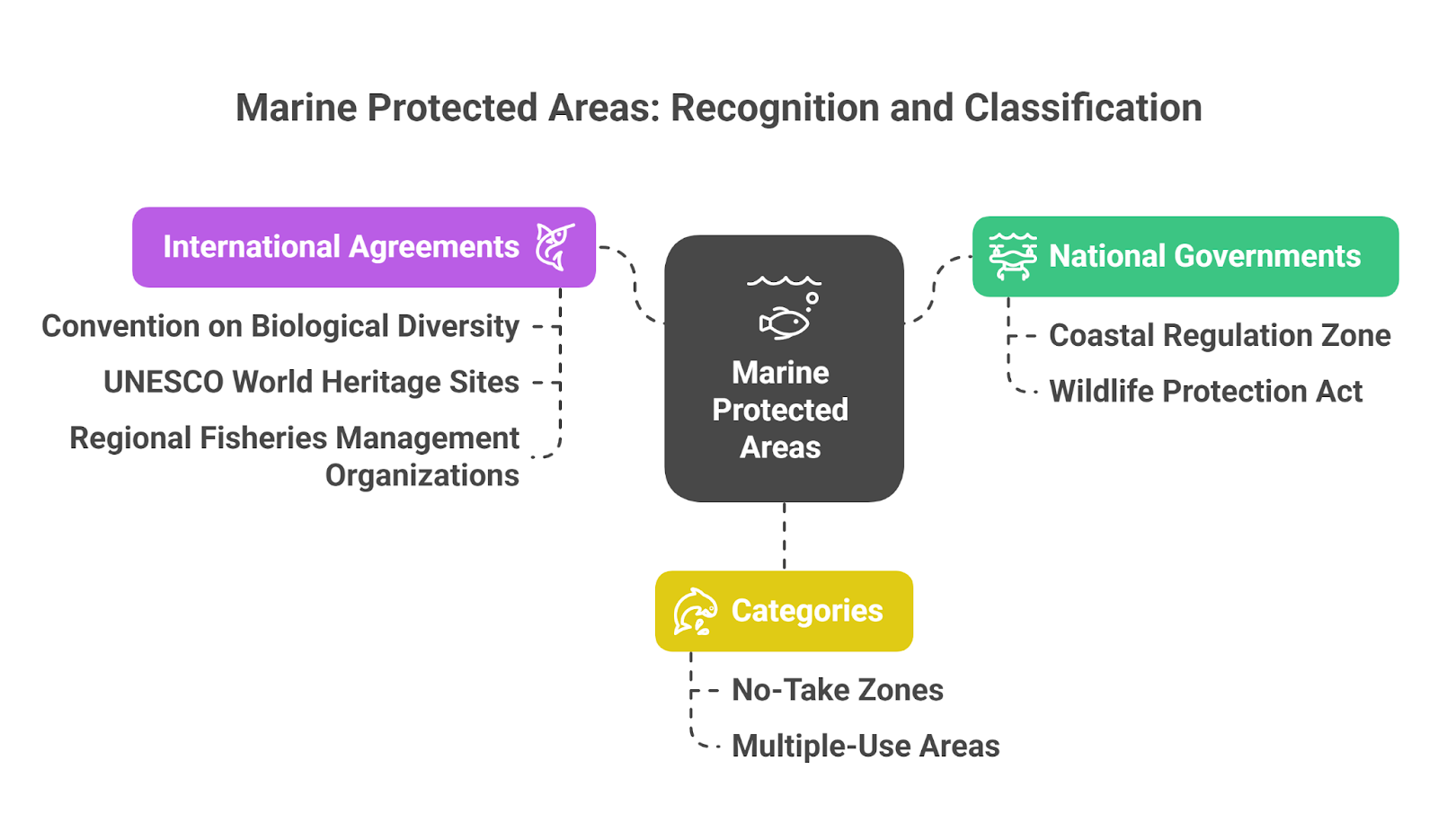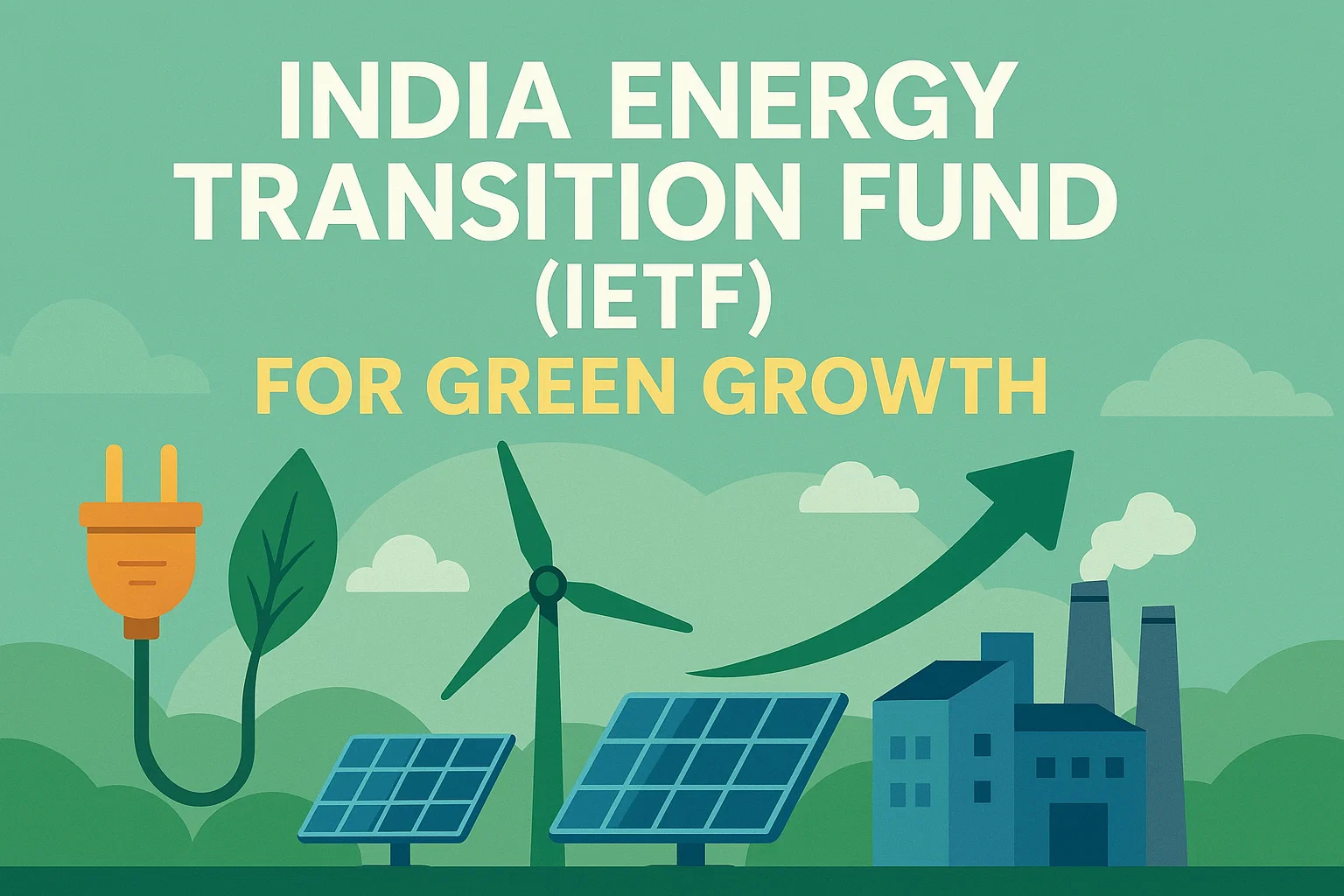Font size:
Print
Marine Protected Areas
Protected seas help kelp forests bounce back from heatwaves
Context: New research published in the Journal of Applied Ecology shows that Marine Protected Areas (MPAs) can help kelp forests recover after marine heatwaves. Using 40 years of satellite imagery, UCLA scientists studied California’s coastline and found that MPAs play a crucial role in boosting the resilience of these globally important ecosystems.

What are Marine Protected Areas?
Marine Protected Areas (MPAs) are clearly defined oceanic or coastal zones where human activity is regulated to conserve marine ecosystems, biodiversity, and cultural heritage. They can range from no-take zones (where all extractive activities are banned) to multi-use areas that allow sustainable fishing or tourism.
What is the significance of Marine Protected Areas?
- Biodiversity Conservation: Safeguard vulnerable marine ecosystems, including coral reefs, mangroves, kelp forests, and seagrass meadows. Provide safe havens for endangered species like sea turtles, dugongs, and marine mammals.
- Climate Resilience: Protect ecosystems (e.g., kelp forests, mangroves) that act as blue carbon sinks, absorbing carbon dioxide from the atmosphere. Enhance ecosystem resilience against climate shocks like marine heatwaves, ocean acidification, and storms.
- Fisheries & Livelihood Security: Serve as “nurseries” and replenishment zones for fish stocks, supporting sustainable fisheries outside MPAs. Benefit coastal communities by ensuring long-term food security and livelihoods.
- Ecosystem Services: Natural protection of coastlines from erosion and storm surges (e.g., coral reefs buffering wave energy). Maintain water quality by filtering pollutants through seagrass and wetlands.
- Scientific & Educational Value: Provide sites for long-term ecological monitoring and climate research. Offer opportunities for ecotourism and marine education.
- Global Commitments & Diplomacy: MPAs are integral to meeting international commitments like SDG 14: Life Below Water. Strengthen a country’s reputation in global climate and biodiversity negotiations.


